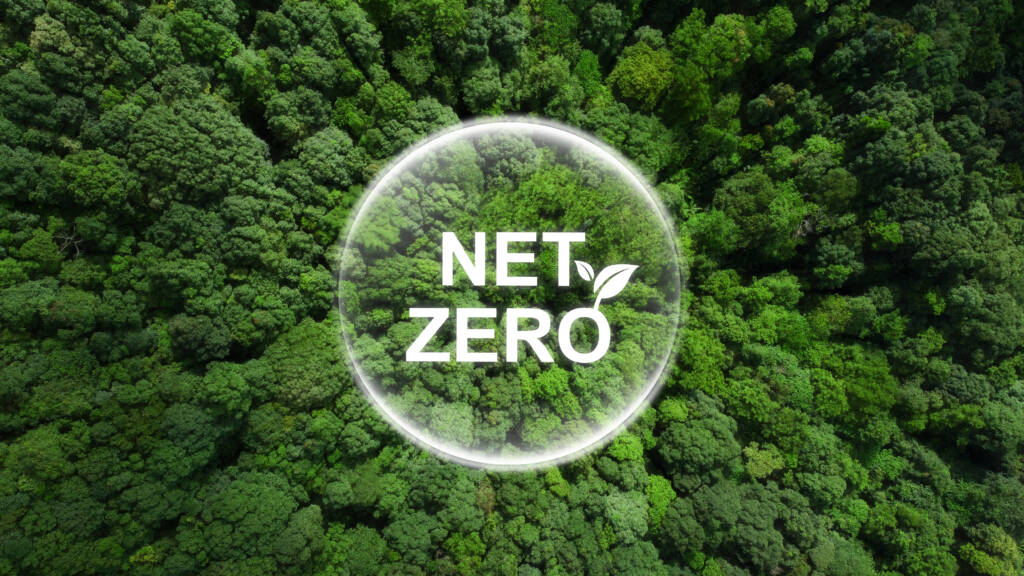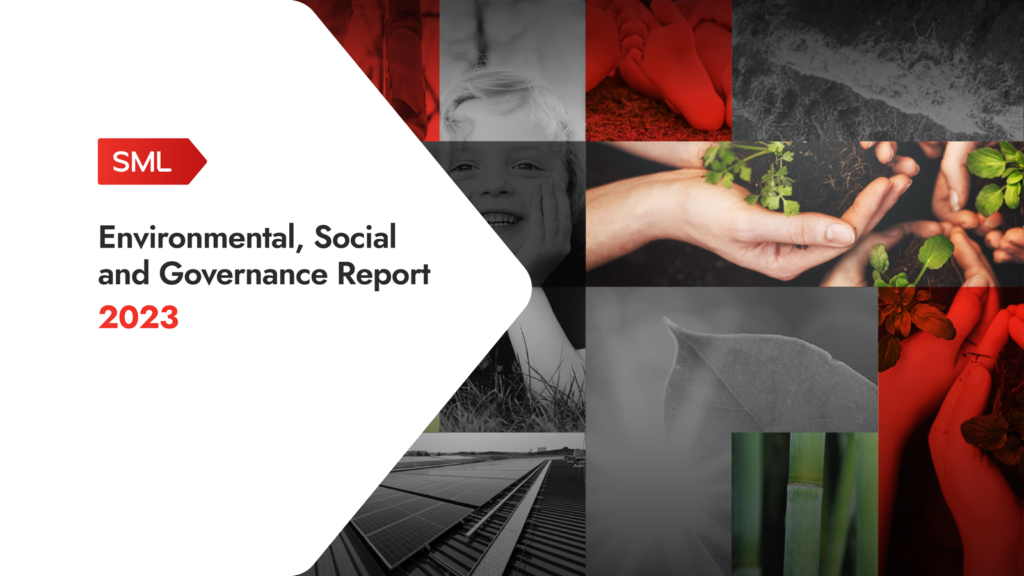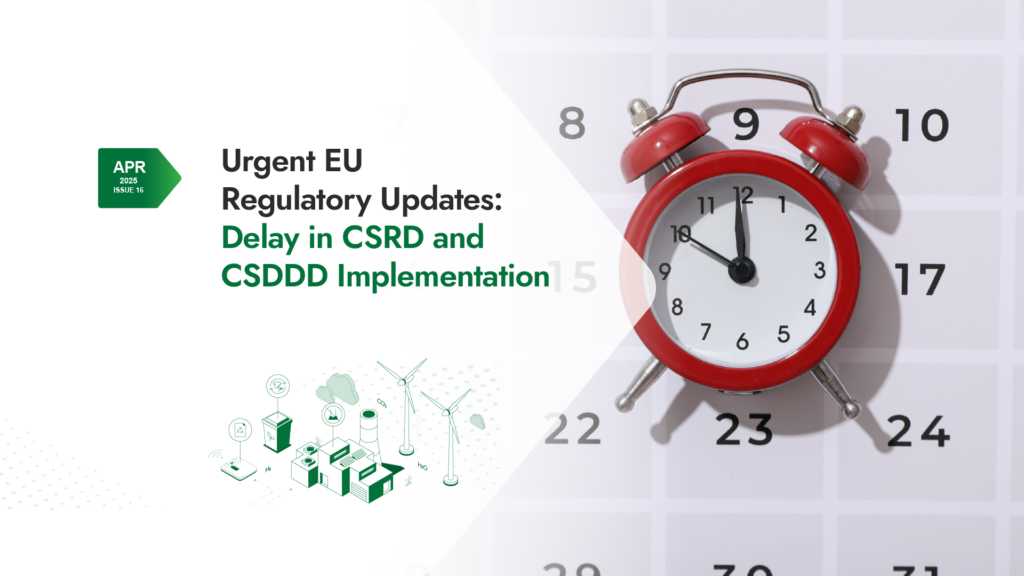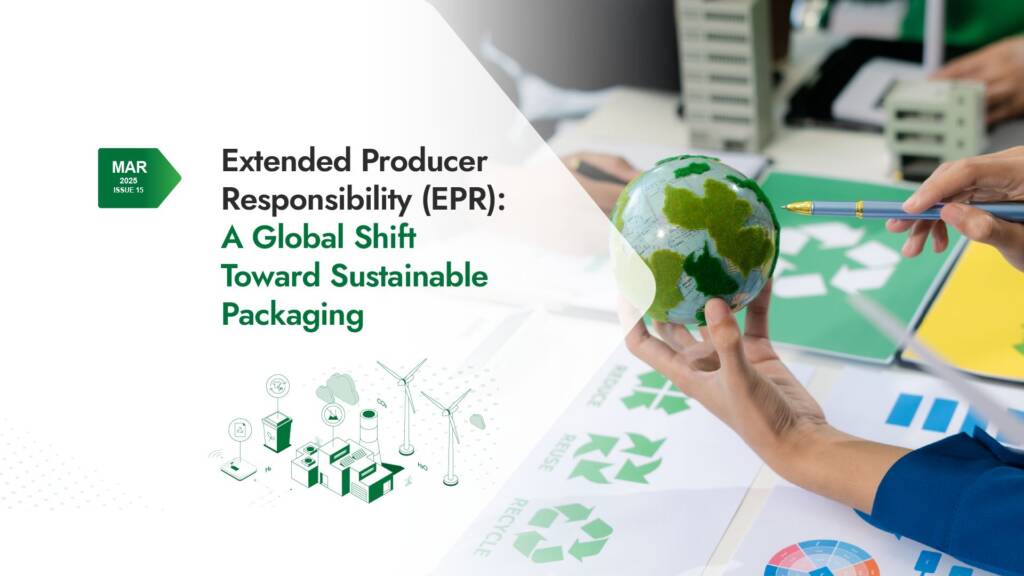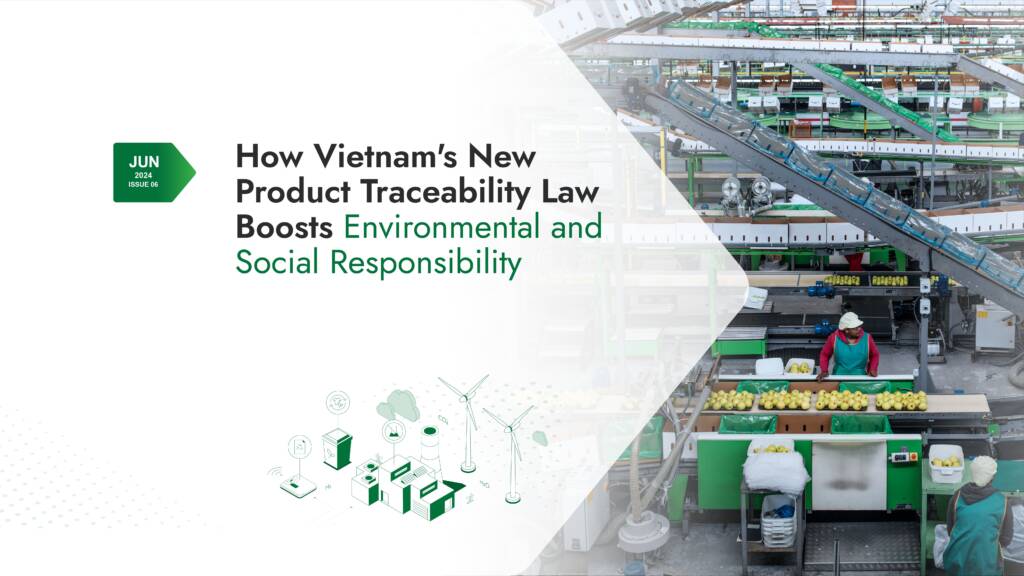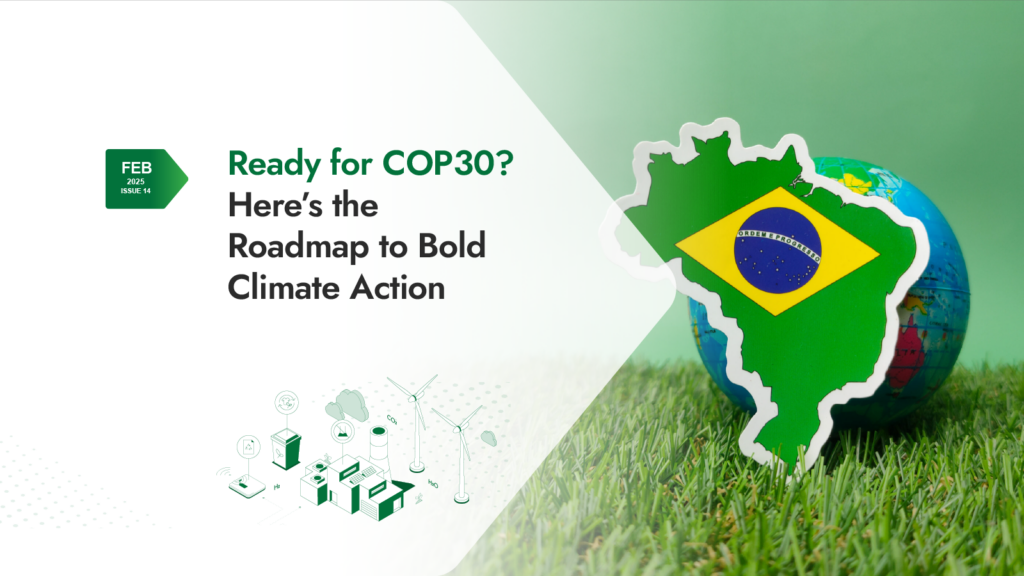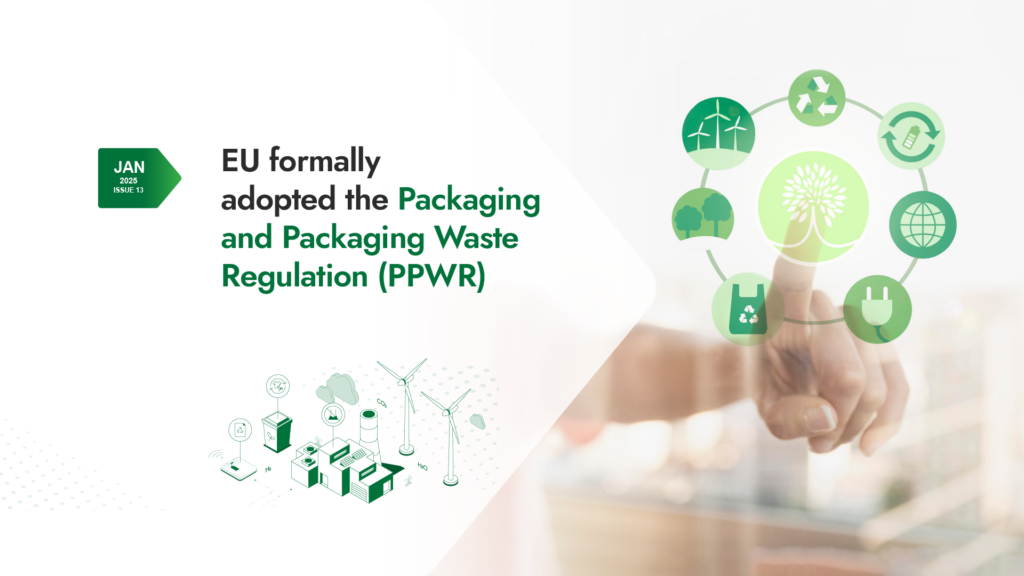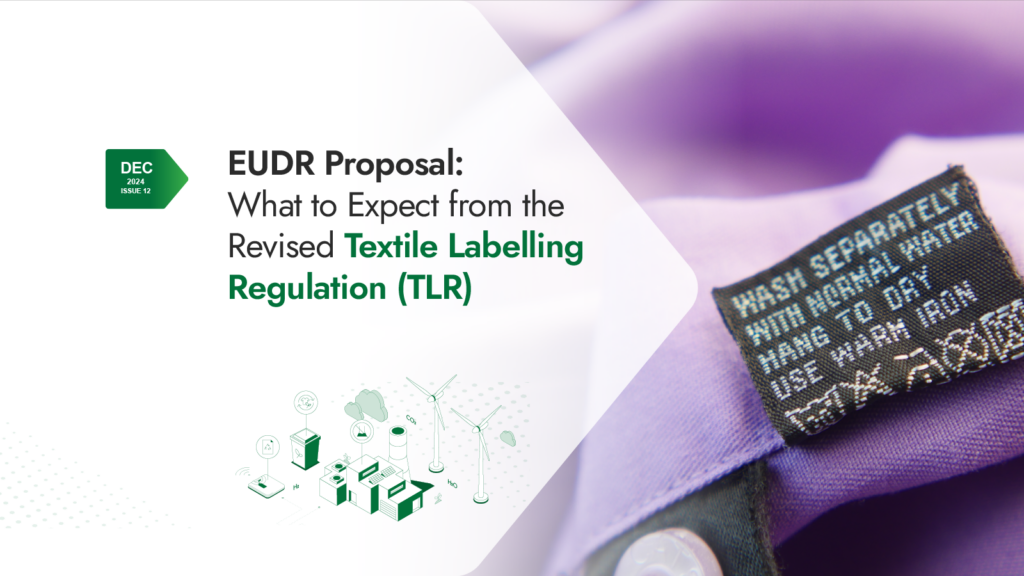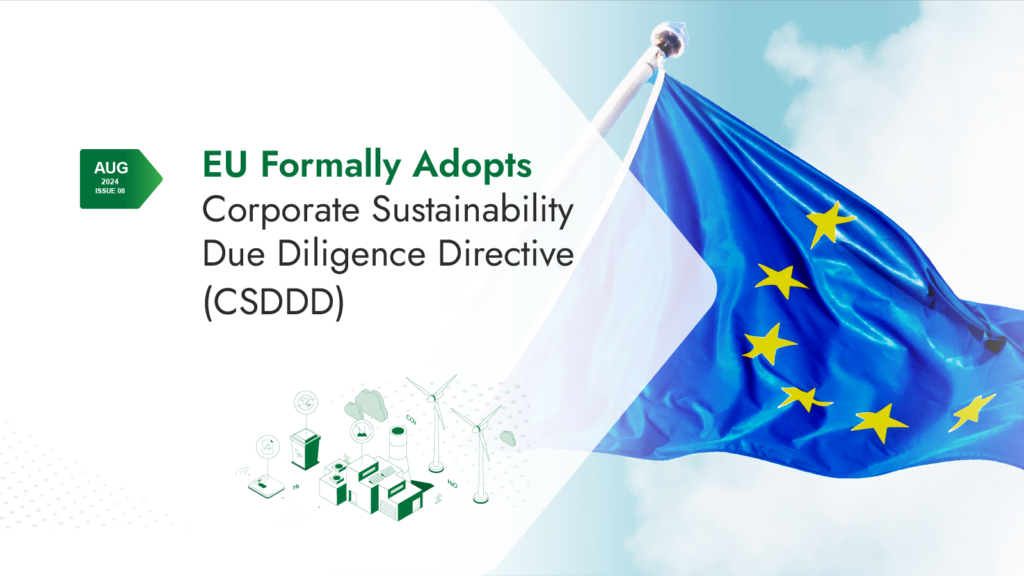Sustainability Insights #10

Maximizing competitive advantage for industry and technologies is paramount for decarbonization. Let’s learn how the EU strives to boost European manufacturing capacity for net-zero technologies and their key components, address barriers to scaling up European production, and reduce the dependency on imported renewable energy products and technologies overseas.
Introducing the Net-Zero Industry Act (NZIA, the “Act”)
The Net-Zero Industry Act is a critical element of the EU Green Deal Industrial Plan Strategy. It entered into force on 29 June 2024, enhancing the competitiveness of Europe’s net-zero industries and supporting the EU’s transition to climate neutrality. The Act supports various strategic net-zero technologies, including solar photovoltaic, solar thermal, electrolyzes, and fuel cells.
It includes concrete measures to demonstrate the EU’s ambitions to scale up the manufacturing capacity of net-zero technologies to provide at least 40% of the EU’s annual deployment needs by 2030:
- Setting enabling conditions to reduce the project’s administrative burdens and simplify the permit-granting process, typically for the “Net-Zero strategic projects”
- Facilitating market accessibility by requiring public authorities to consider sustainability and resilience criteria for net-zero technologies in public procurement
- Set up the objectives in CO2 capture acceleration
- Fostering innovation by setting up regulatory sandboxes
- Establish the Net-Zero Europe Platform to support the implementation of NZIA
The Act also establishes Net-Zero Industry Academies to train 100,000 learners in net-zero technologies within three years. The European Solar Academy, launched in June, is the first of several EU Academies under the Act to reskill and upskill 65,000 workers in the solar photovoltaic value chain within two years.
NZIA could play a decent role in reinforcing attempts at reindustrialization initiatives in renewable energy. The introduction of NZIA allows EU policymakers to further develop the Implementing and Delegated Acts. It also provides a sound basis for working with industry alliances to foster the implementation of NZIA.
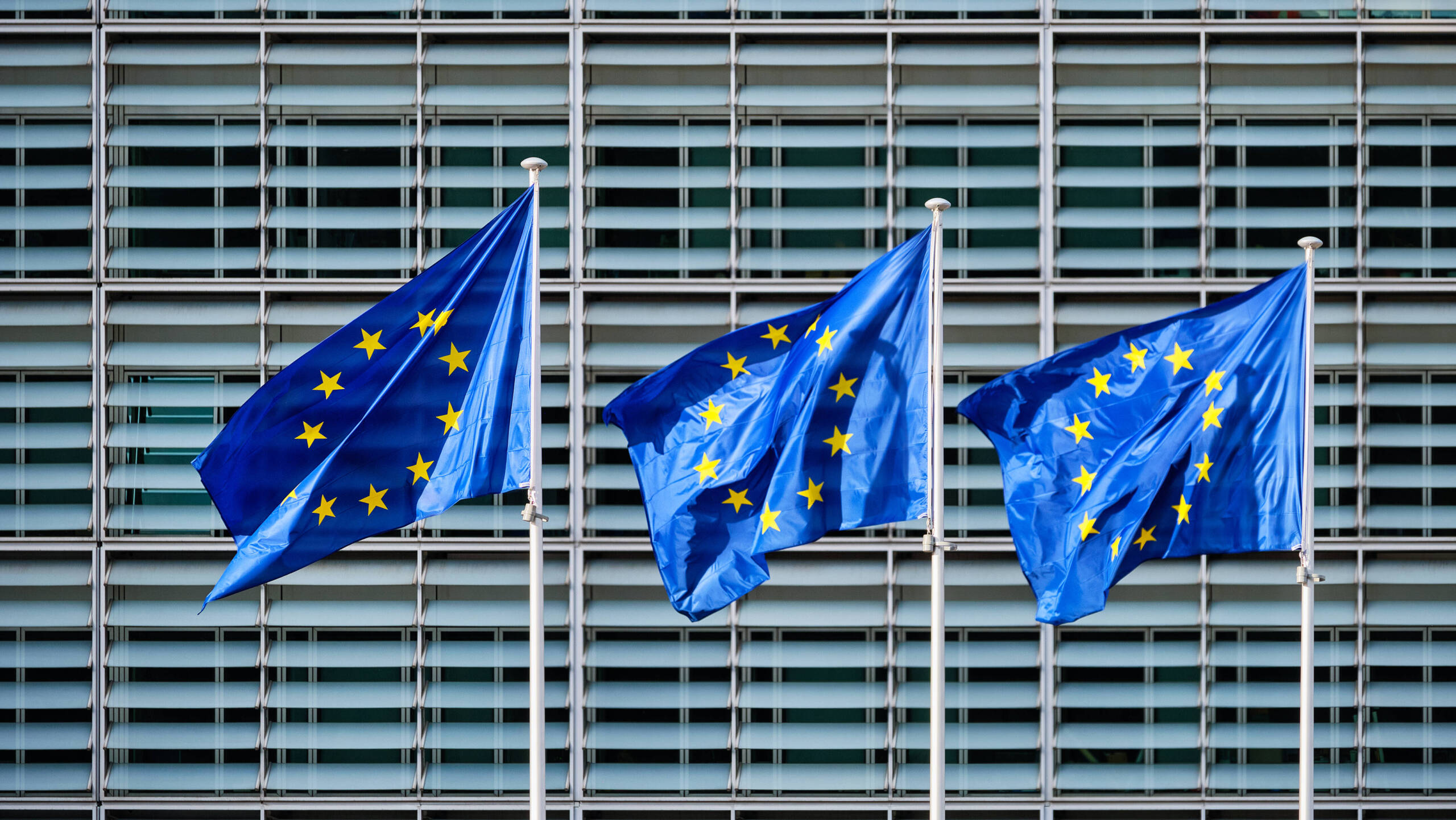
Source: European Commission
Key takeaways:
The NZIA entered into force on 29 June 2024 and aims to ensure that the Union’s overall strategic net-zero technologies manufacturing capacity, approaches or reaches at least 40% of the annual deployment needs by 2030, significantly boosting the renewable energy sector in the EU.
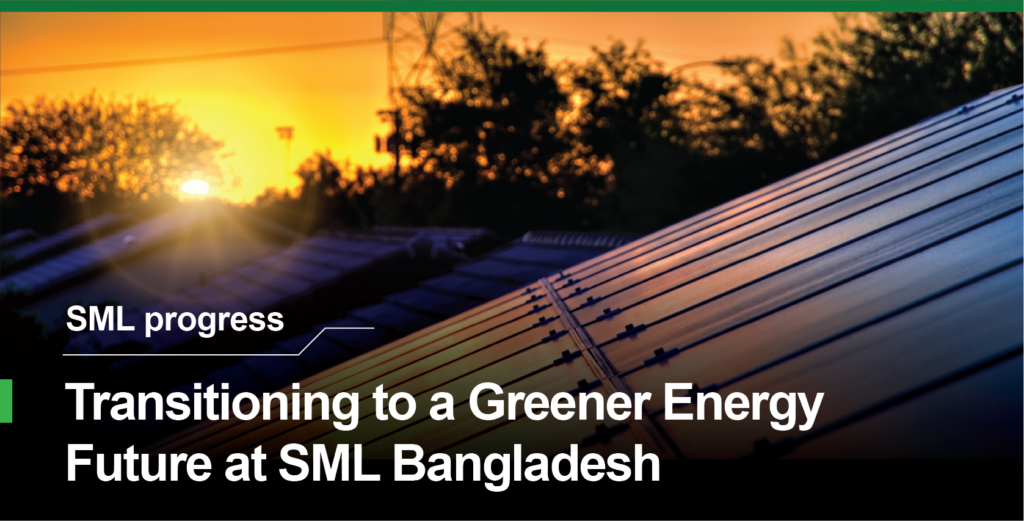
From the NZIA promoting the shift of the renewable energy value chain back to the EU to other green energy-related directives, such as enforcing solar integration in buildings for better solar photovoltaics (PV) utilization in the EU Solar Standard, these reveal the demand for fast-developing renewable energy to reach carbon neutrality in the EU context.
Two-thirds of the solar PV installed in the EU was on rooftops in 2023, indicating the growing trend of businesses investing in solar panel installations. These installations lower energy costs and provide some energy independence from city grid instability.
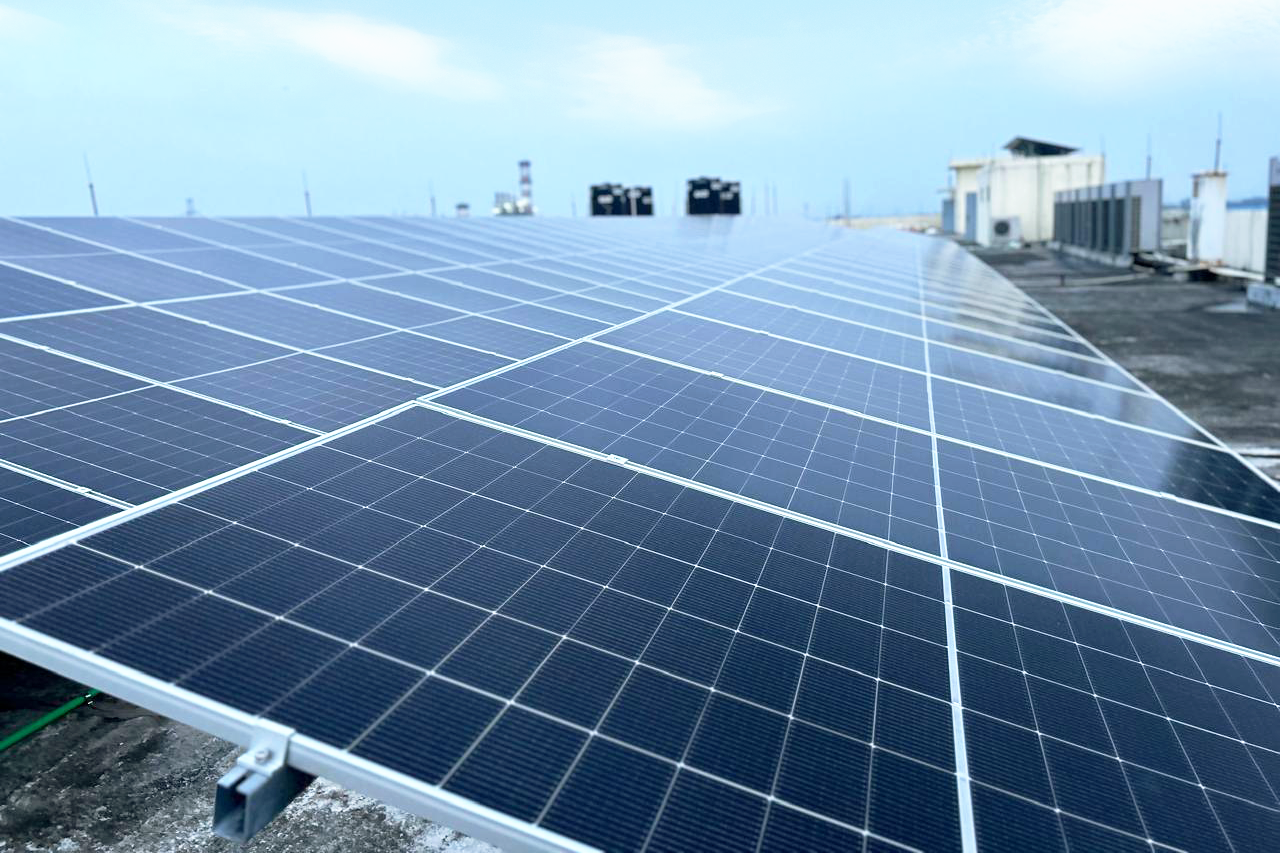
SML has actively optimized the usage of renewable energy within our main production line in Greater China and East Asia as a solid commitment to sustainability. Recently, one of our production buildings in Bangladesh launched a solar power project and installed a grid-tied rooftop solar PV system with 192 pieces of PV solar panels that cover 15,000 square feet of the roof area in the factory. This system, which started to operate this month, is expected to generate 120,000 kWh of electricity annually and contribute about 11% of the monthly electricity consumption of the production building, reducing 78 metric tons of our carbon emission annually. This project is embarking on the pathway for the site’s clean energy transition and encouraging progress for SML to achieve the “Sustainability Goals 2030.”
Source: SolarPower Europe
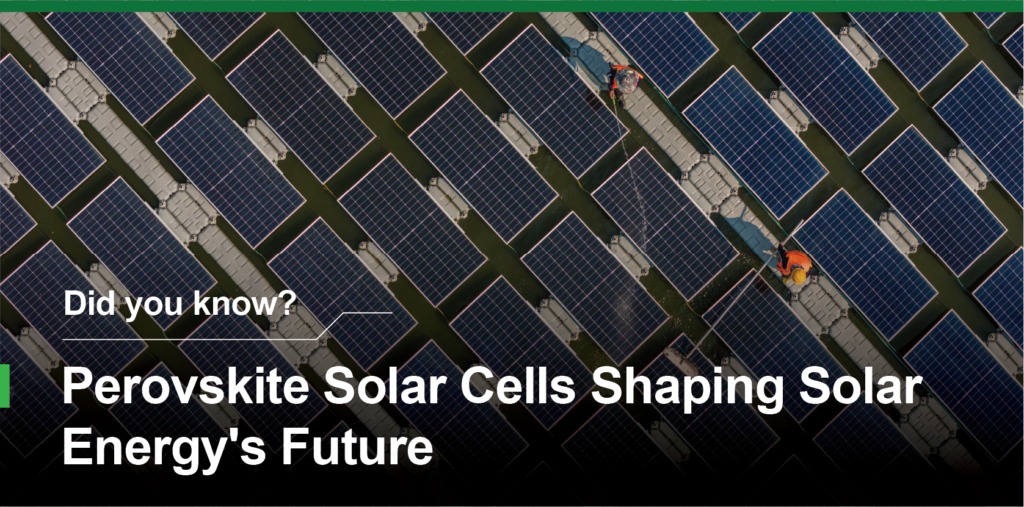
Perovskite solar cells have recently received substantial attention. The unique characteristics presented by the material, such as flexibility and angle independence, makes it promising for solar technology. Perovskite cells have efficient energy conversion with minimal materials and lower processing temperatures, reducing emissions compared to traditional silicon cells. Nevertheless, their lead and toxic content pose environmental risks over time, highlighting the need to develop eco-friendly recycling methods and minimize critical raw material (CRM) use.
It is important for the EU to prioritize research and development efforts to reduce CRM usage and improve PV module recyclability, urging the re-establishment of the entire solar PV production value chain in the EU.
Source: City University of Hong Kong



